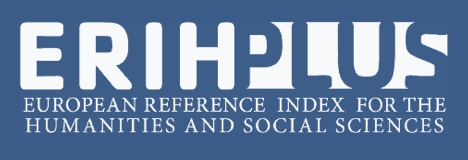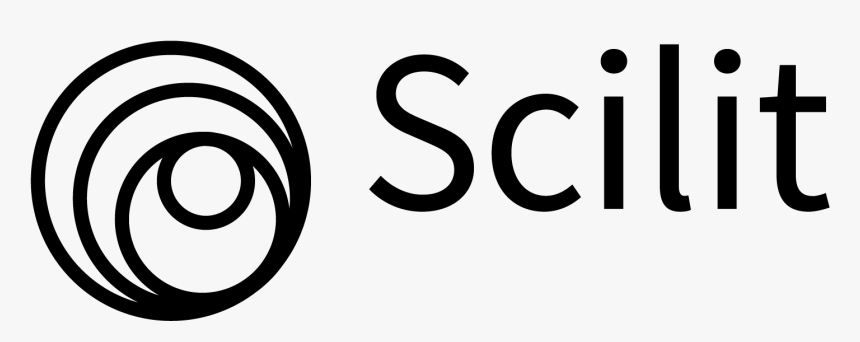Officiating Supply Chain Uncertainties due to COVID-19 Disruptions: Evidences Using Contingency Approach
Abstract
This paper examines how firms achieve strategic fit with the external environment disrupted by the Covid 19 pandemic. The strategy formulation phase is studied concerning the firm’s size for short-term and long-term time horizons. The context of this study is Covid 19 disruptions and how firms from the Construction industry manage supply chain uncertainties. The qualitative interview technique is used to collect data from 13 contracting firms operating in the construction industry of the United Arab Emirates. The contingency theory approach is used to analyze the strategy formulation of firms during Covid 19 pandemic. Results indicate that while developing strategies to manage supply chain disruptions, medium-size firms tend to be more secure and safe. At the same time, large organizations can deploy their resources to reduce risks caused by supply chain uncertainties. However, for a more extended time, medium-size firms adopt a wait-and-see strategy compared to large firms’ Reactive or Proactive strategies. The use of contingency theory elaborated how construction firms achieve strategic fit to cope with Covid 19 disruptions. Organizations with more resources can opt for more reactive strategies, while most firms wait before taking any particular actions. The disruptions caused by Covid 19 are the first time phenomenon and thus require more detailed knowledge to proactively deals with it. Furthermore, an empirical model to reduce risks caused by Covid 19 disruptions is provided in the end.

This work is licensed under a Creative Commons Attribution-NonCommercial 4.0 International License.













.jpg)








